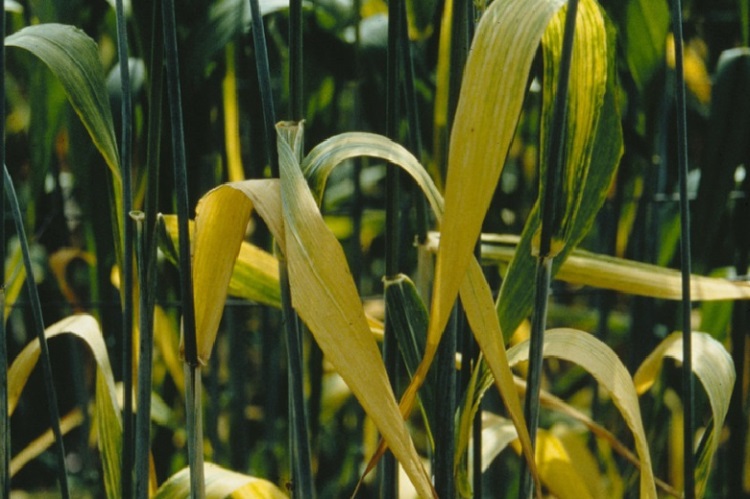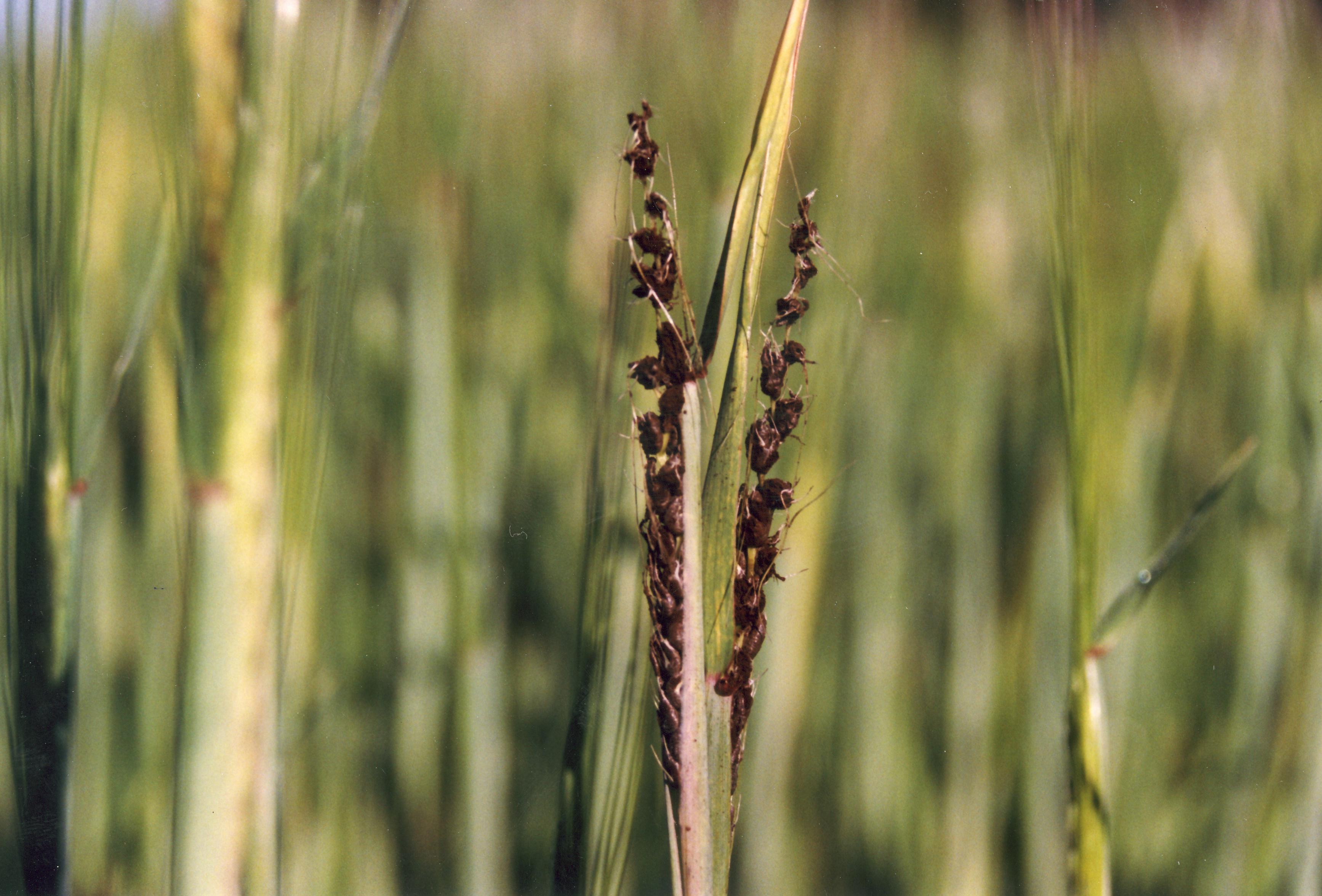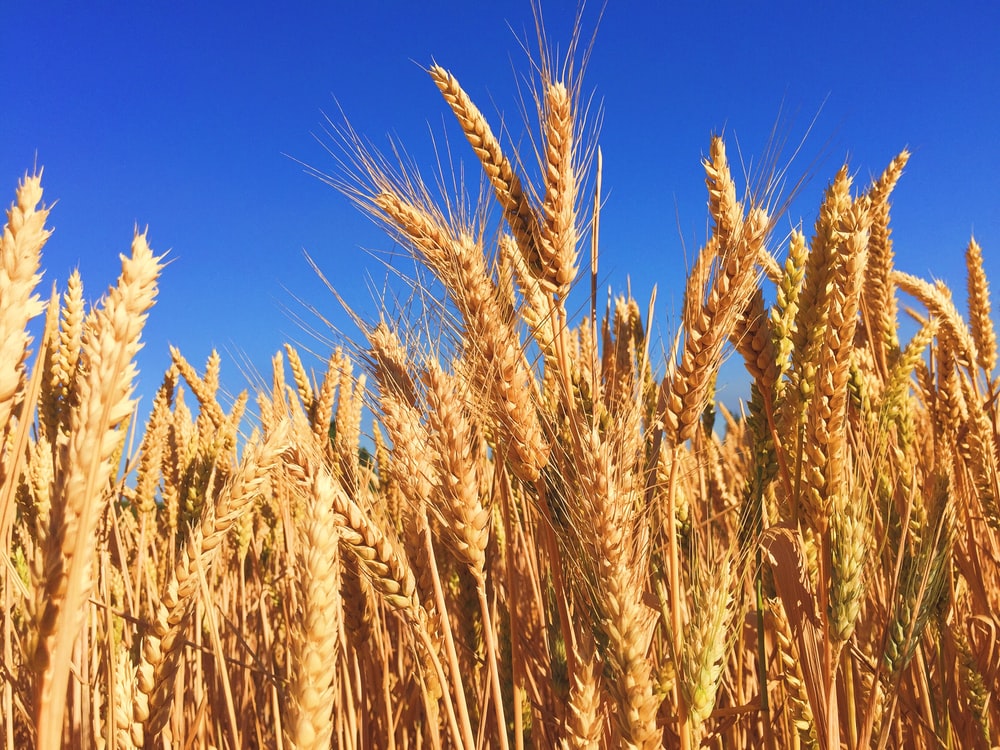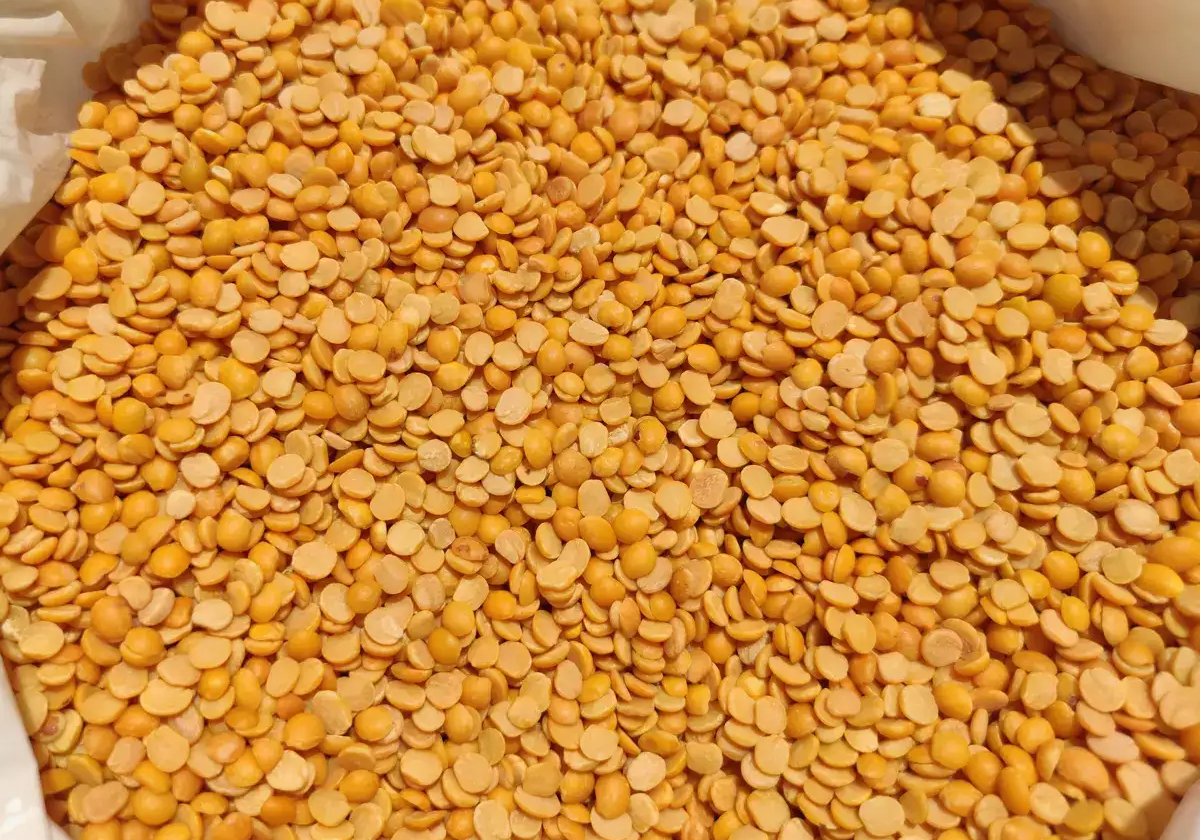Barley or Jau, scientifically called Hordeum Vulgare L. is one of the most valuable crops in the world after rice, wheat, and maize. It’s used for malt products, animal feeds, and food products. The barley crop is grown in around 70 million hectares of land, with 160 million tons of production on average, across the world. Europe is the most leading continent growing Barley followed by Asia.
In India, Uttar Pradesh, Rajasthan, Madhya Pradesh, Haryana, Punjab, and Himachal Pradesh are the primary producers of barley crops.
The crop requires around 12-15°C temperature during the growing period and around 30-32°C at maturity. It is tolerant to drought and can survive in high temperatures. The crop is primarily cultivated in sandy to moderately heavy loam soils. Barley crops can be grown in saline, sodic and lighter soils too, but acidic soils should be avoided.
Since barley is a winter season crop, it can withstand drought conditions very efficiently. Thus, barley crops require less irrigation and limited water availability. However, it requires 2-3 irrigations for superior yield.
The primary nutrients of the crops are nitrogen, phosphorus, and potassium. In addition to these, barley also absorbs significant amounts of calcium, magnesium, and sulfur.
Following are some of the most common diseases with their control measures in barley crops.
Rust: Bright yellow-orange spores that form pustules that occur in stripes along with the leaves.

Control measure:
- The use of resistant varieties is highly recommended.
- Spraying with Tilt 0.1% or Bayleton 0.1% or Folicur 0.1% (1 ml in 1 liter water) immediately after disease appearance.
Aphids: Aphids are insects feeding on the crops that lead to wisted and curled leaves, yellowed leaves, stunted or dead shoots, and poor plant growth.
Control measure:
- Spraying with Imidacloprid @ 20 g ai/ ha or Clothianidin @ 15 g ai/ha in 1000 liters of water. In case of heavy incidence, the second spray can be made at an interval of 15 days.
Yellow Dwarf: occurrence of yellowed, stunted plants grouped singly or in small patches among typical plants. Leaf discoloration in yellow, red, or purple shades from the tip down and margin to midrib.

Control measure:
- Seed treatments of imidacloprid or thiamethoxam can reduce aphid populations through the fall.
Leaf Blight: Water-soaked spots on foliage; shriveling dead leaves; glossy yellow or brown streaks; plant appears stunted, slow plant growth.
Control measure:
- Seeds should be sprayed with Vitavax
- Spraying with Bayleton 0.1% or Tilt @ 0.1% or Folicur 0.1% (1 ml/liter of water)
Loose & covered smut: Grains in an infected head are stunted and get replaced by brown-black masses of spores. Infected heads may emerge slightly later than healthy heads.

Control measure:
- Seed treatment with Vitavax/Bavistin @ 2g/kg seed for loose smut.
- Vitavax & Thiram in the ratio of 1:1 or Tebuconazole 1.5 g/kg seed for covered smut.
Conclusion
As per the Cabinet Committee on Economic Affairs (CCEA), the MSP for barley has been increased by the Centre. Farmers growing barley should continue with the cultivation during this rabi season. Looking after the crops is equally essential, considering the late rainfall during these winters.








 Connect With Us
Connect With Us